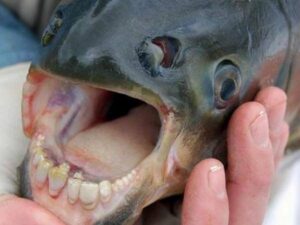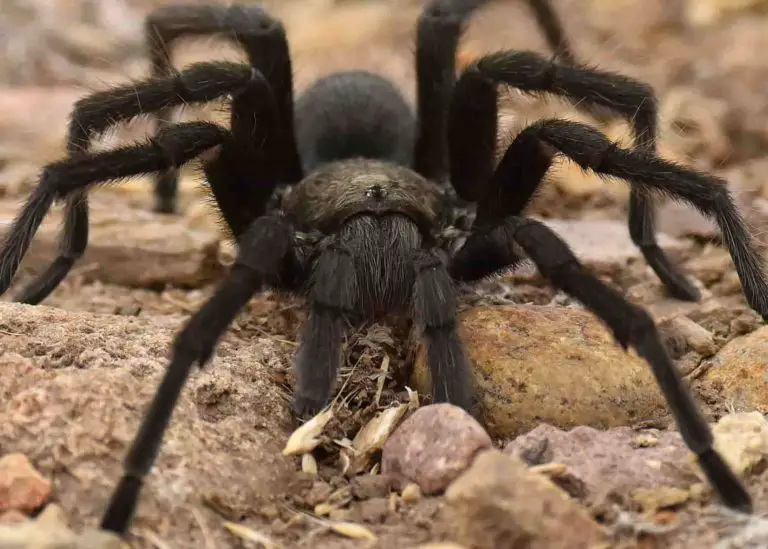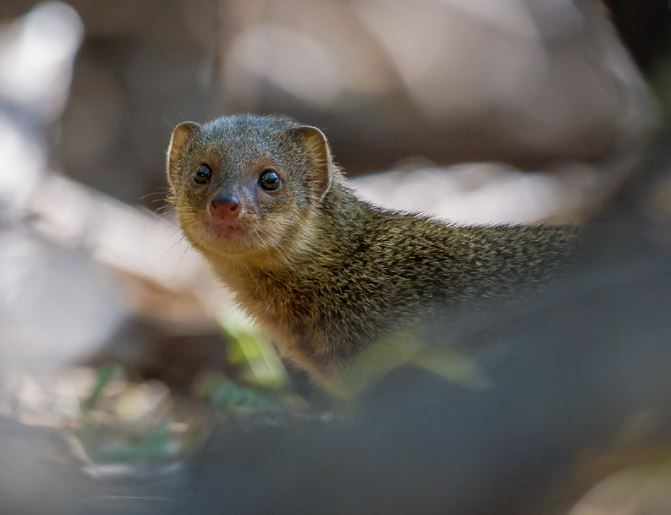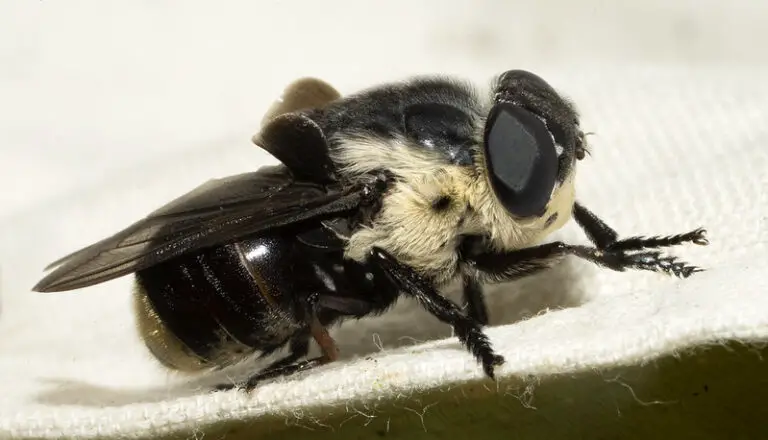Are There Piranhas In The Dominican Republic?

Despite the existence of large rivers and lakes, there are no piranhas in the Dominican Republic.
Although in some rivers in the Cibao region of the country, some strange fish have been found, including one that has a familiarity with the piranha, no piranhas have been found as a native life form in the country.
Piranhas are freshwater fish that inhabit rivers, canals, lagoons, and estuaries, generally with little current. They prefer waters whose temperature ranges between 23 and 27 ºC.
The Dominican Republic has the conditions for the piranha as a species to proliferate, but being an island surrounded by seas, the piranha has not arrived or reproduced in the country’s rivers.
The strange case of the “pacu” fish found in the Dominican Republic
While researching the subject, I came across an article in a digital newspaper where it reported the discovery in a river in the northern part of the country of a strange fish that has some relationship with piranhas and with teeth similar to those of a human being.
Fortunately, this species of fish is not native to the country, and its discovery in a northern river is an extraordinary rarity.
Just looking at the teeth of this fish gives me chills.

A fish with a weight of about 20 pounds and an inside mouth cavity very similar to that of human beings was trapped in the waters of the mighty Yuna River as it passes through the municipality of Arenoso. The image was published by local digital media, which caused a stir on social networks.
Reading in some portals we found some information about this species, whose scientific name is “Myleus pacu”. It belongs to the family of the Caraccidae and to the subfamily Serrasalminae.
This fish is native to the fresh waters of South America, mainly the Amazonian rivers.
According to the virtual encyclopedia, Wikipedia, the Pacu fish, or Pacu Chico as it is called in many parts of the world likes to live in tropical areas, so it prefers waters with temperatures between 22 and 28 degrees Celsius.
The bites of the Myleus Pacu tend to be very painful, thanks to its hard and solid teeth. But there is the advantage that it is omnivorous, so it not only eats meat but also fruits, plants, algae and seeds.
When they reach adulthood they feed on Podostemaceae (plants of the genus Lacis and less frequently of the genus Caladium).
Because they possess a sense of smell of maximum potential they can carry out this task with ease. This species is attracted to the odor of animal fat, such as that present in blood, urine, mollusks, insects, crustaceans, or sweat.
It has a certain similarity to piranhas and its teeth are very similar to those of a human being, teeth that can cause serious injuries, due to the fact that the minimum size of this aquatic animal is 20 cm maximum.
According to information collected on the Internet and other physical media, this species of fish has been introduced in the lakes, rivers and streams of both Americas, ranging from the United States to Argentina.
There are places in Africa, Southeast Asia, and Oceania with tropical waters and temperate climates, where there are native fish species for which the Pacu fish represents a serious danger since it has displaced them, which implies the deterioration of the ecology.
This is not the first rare-looking fish to be caught in the waters of the Yuna River, as in the past they have caught catfish, and crocodile fish, among other species, all of which are very large and not native to the Dominican Republic.






